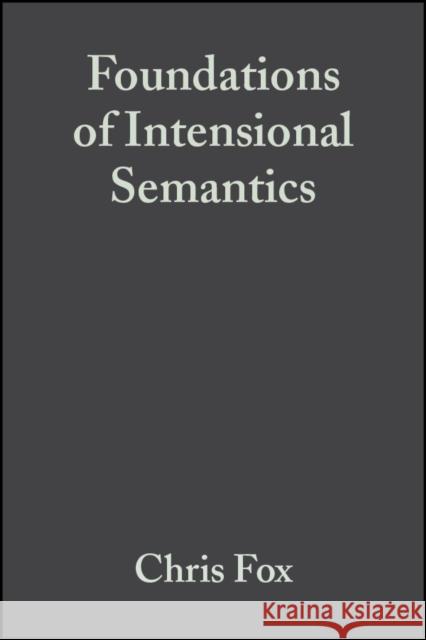Foundations of Intensional Semantics » książka
topmenu
Foundations of Intensional Semantics
ISBN-13: 9780631233763 / Angielski / Miękka / 2005 / 208 str.
This book provides a systematic study of three foundational issues in the semantics of natural language that have been relatively neglected in the past few decades.
- focuses on the formal characterization of intensions, the nature of an adequate type system for natural language semantics, and the formal power of the semantic representation language
- proposes a theory that offers a promising framework for developing a computational semantic system sufficiently expressive to capture the properties of natural language meaning while remaining computationally tractable
- written by two leading researchers and of interest to students and researchers in formal semantics, computational linguistics, logic, artificial intelligence, and the philosophy of language











